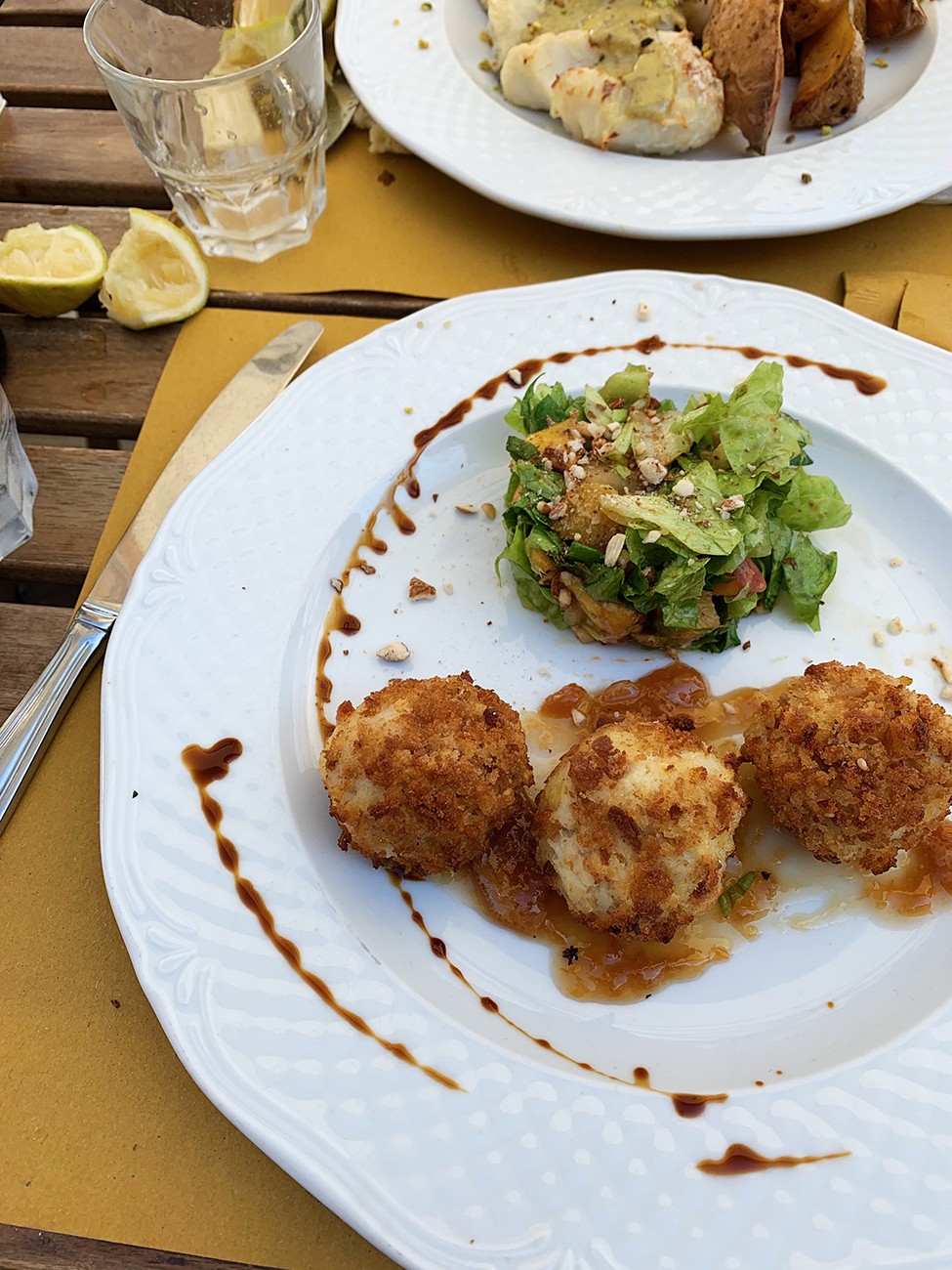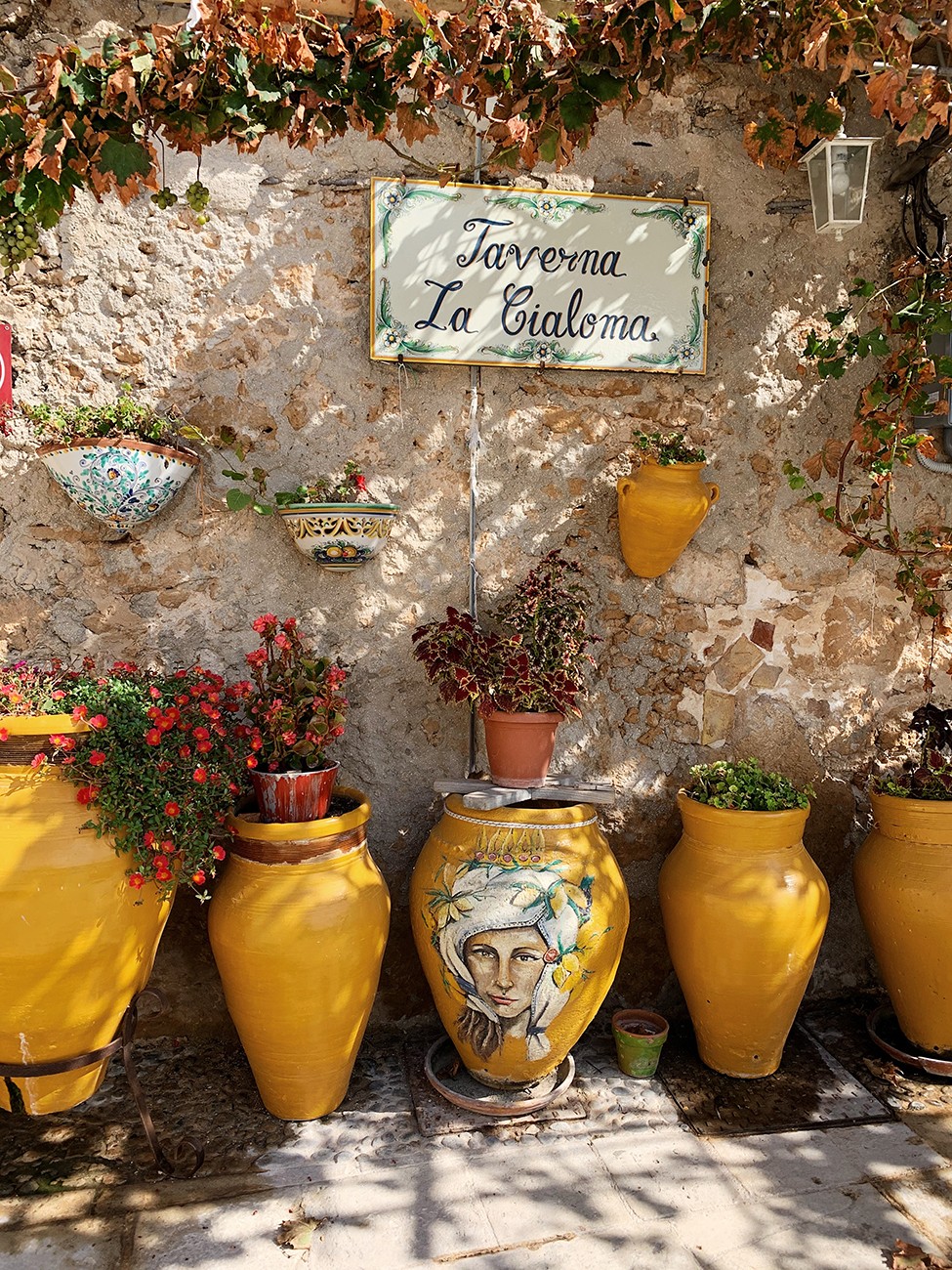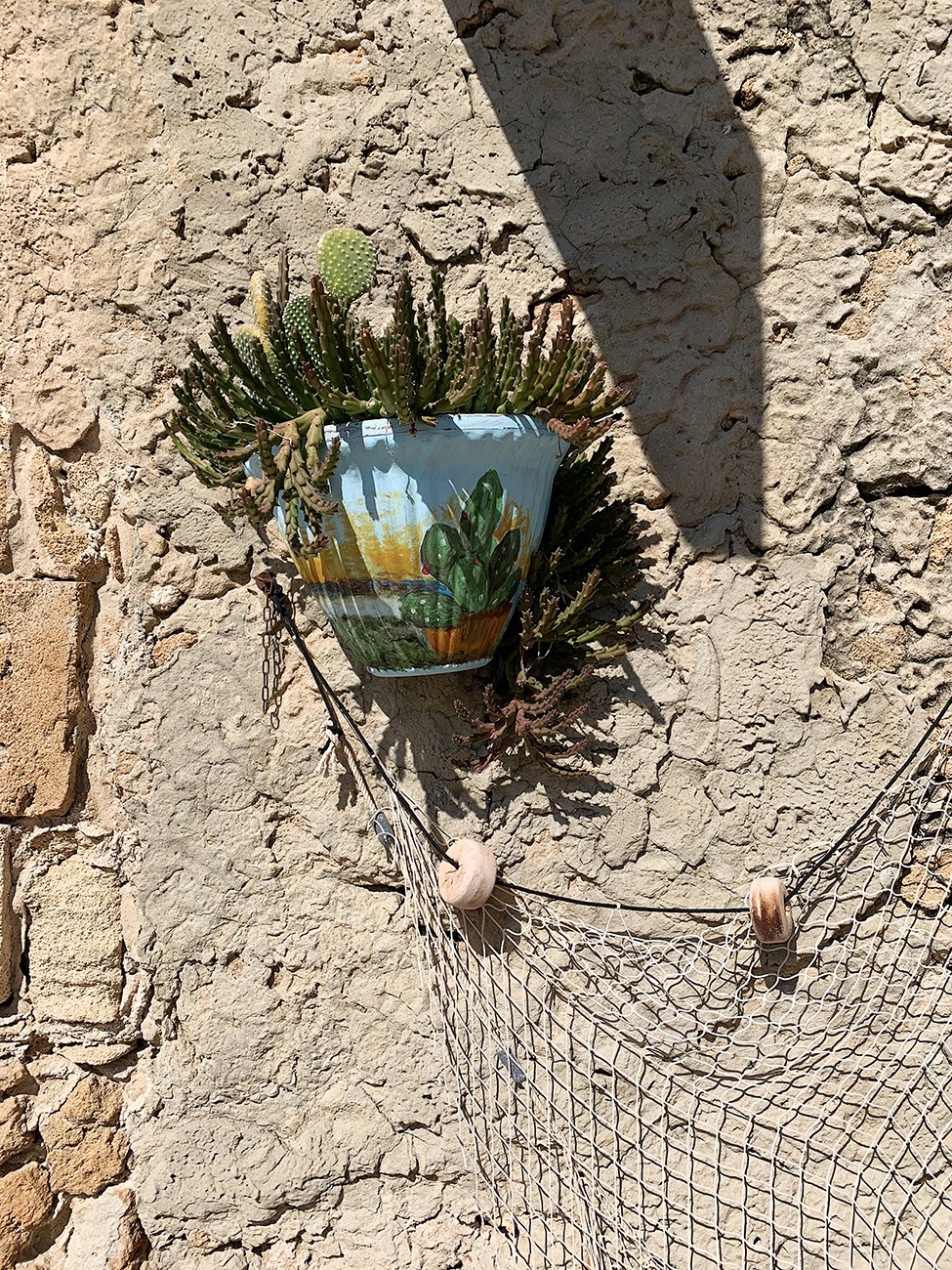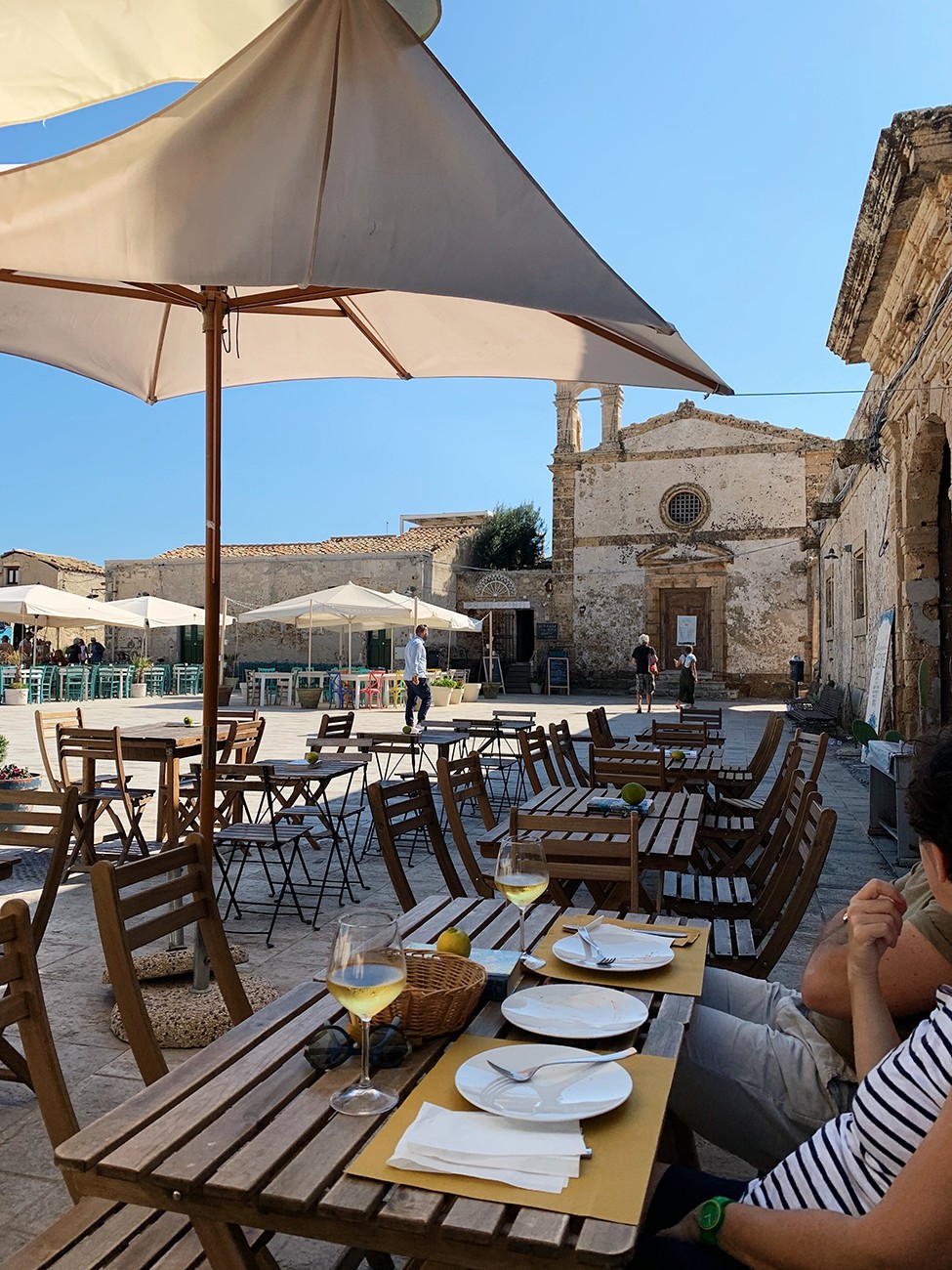Writers and poets often refer to Sicily as the Jewel in the Mediterranean. I sometimes reflect on this lovely description when watching the sunlight dance across the water, transforming the waves into a sea of sparkling diamonds. I have enjoyed this pastime often throughout my travels here, whether it is from a quiet café along the foreshore or cruising around in small boats. Wine and seafood are always involved of course!
There are so many opportunities to experience the beauty of Sicily and welcome distraction here. Not only is it the largest Island in Italy but also in the whole of the Mediterranean Sea. This beautiful and diverse Island boasts approximately one and a half thousand kilometres of coastline with a plethora of seaside towns and villages perched on rocky cliffs or stretched along golden beaches.
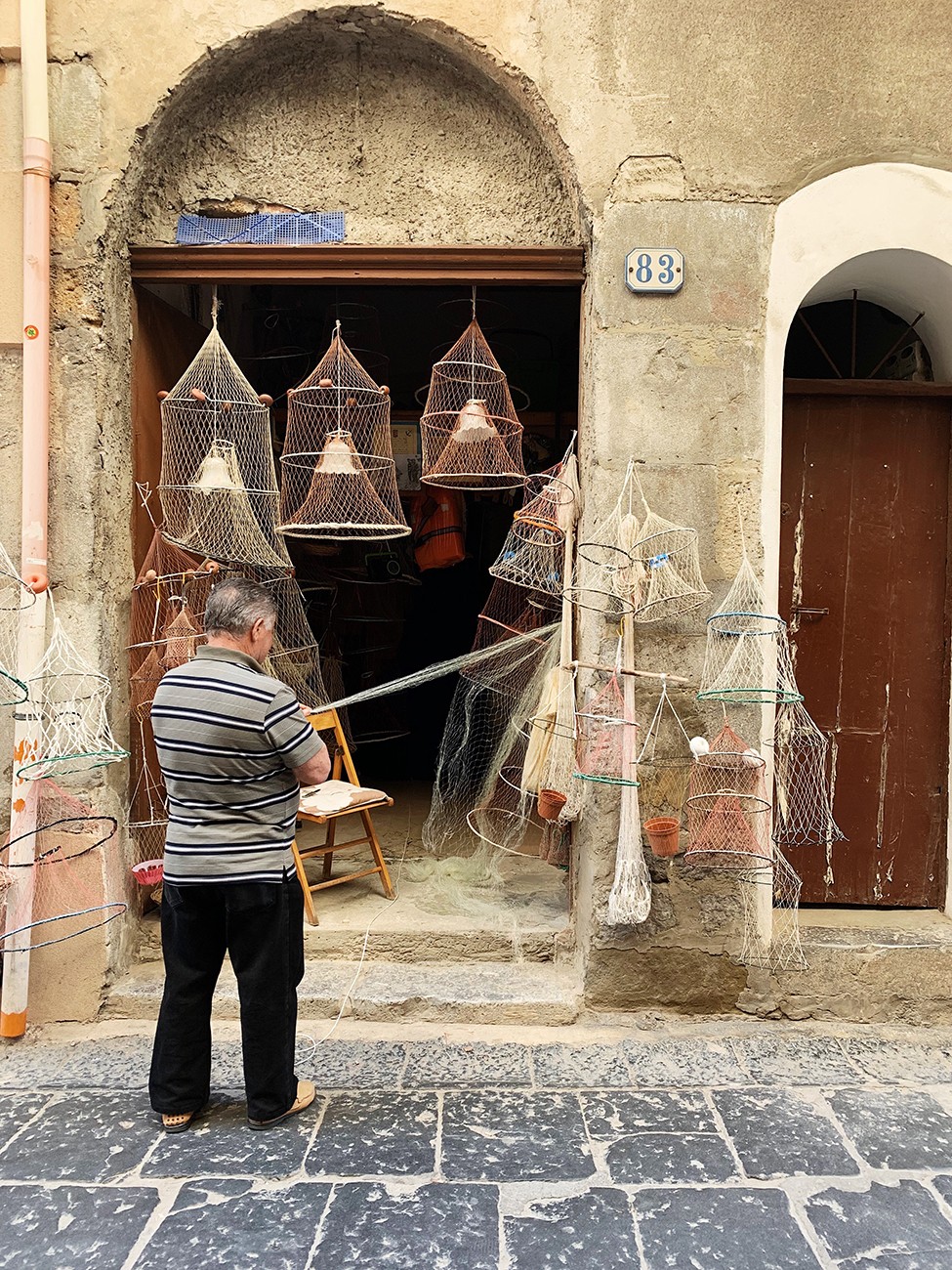
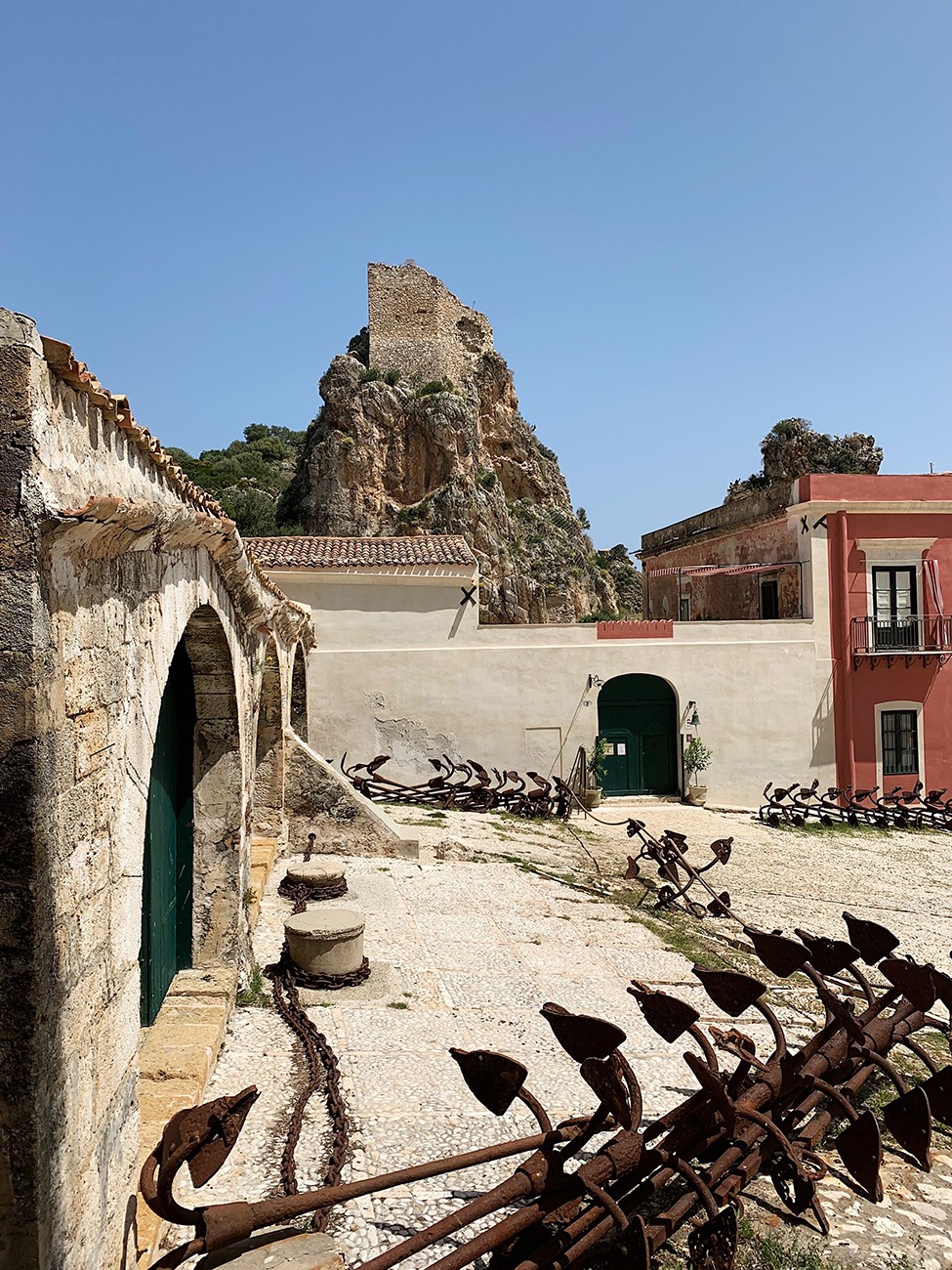
Often the first images to greet the traveller in these coastal hamlets are the very picturesque blue and white wooden fishing craft bobbing in small harbours or pulled up onto the pebbly beaches. On closer inspection the vivid hues of red and yellow act as a vibrant contrast to the fresh blues of both the painted boats and the sparkling sea. Most of the fishing occurring in these smaller places is now simply a local affair – an enjoyable pursuit. Once, many of these villages sustained a much larger fishing industry which was an essential source of income for the families resided there. Gradually because of an increase in prosperity and leisure time, vacationers flocked to these stunning coastal towns, and businesses based on tourism began to flourish.
However, Sicily still has an exceptionally large commercial fishing industry. Fishing and related fields provide one of the main sources of livelihood for the island’s coastal inhabitants. The ancient sea port in the south western part of Sicily, Mazara del Vallo is the leading Sicilian fishing centre today. Other important centres are Palermo, Trapani, Sciacca, Porto Empedocle, Messina, and Siracusa.
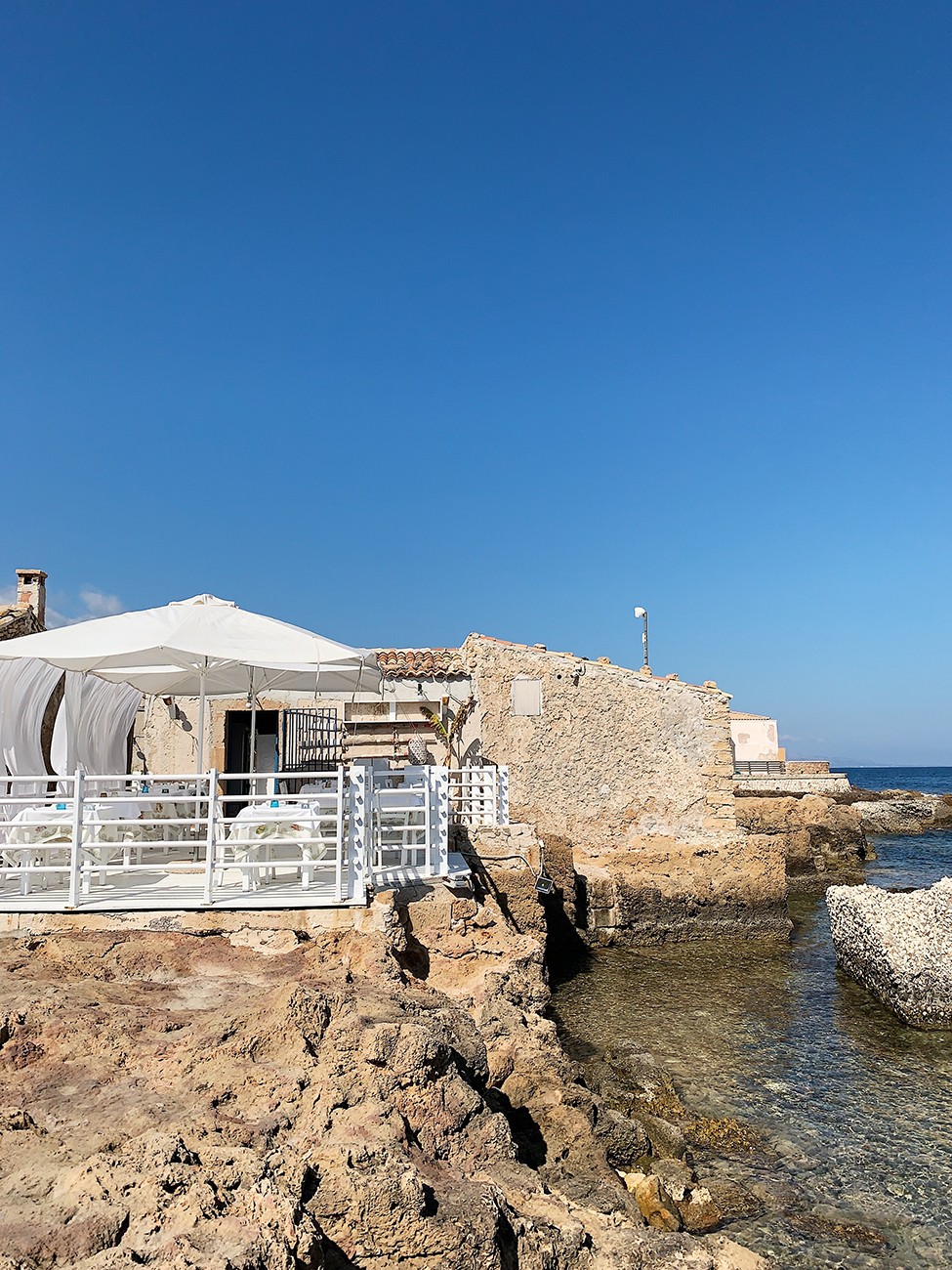
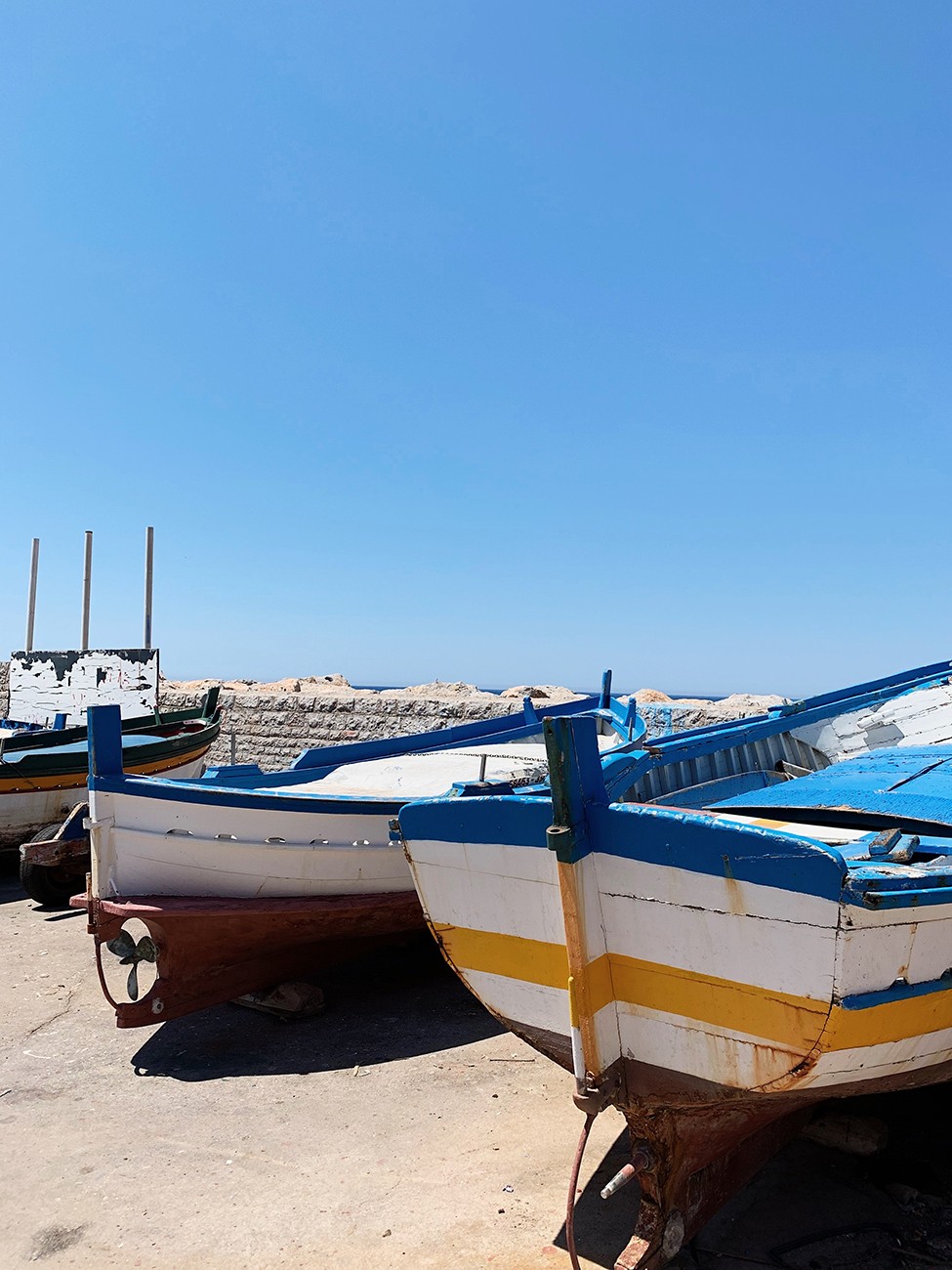
Interestingly, due to a variety of reasons both territorial and ecological, coastal tuna fishing, formerly a virtual Sicilian monopoly, has declined drastically over the last twenty years. Consequently the tuna fish canning and preserving industry, which in the middle 1960’s was thriving in Sicily, has now virtually disappeared. Lucky for us many of these tuna factories or Tonnare still remain today, in their abandoned state, or even transformed into other purposes.
Some of my favourite places to visit and stay in Sicily are these wonderfully varied seaside fishing villages: from the smaller popular tourist towns to the larger thriving ports, as well as a couple of lovely surprise destinations along the way.
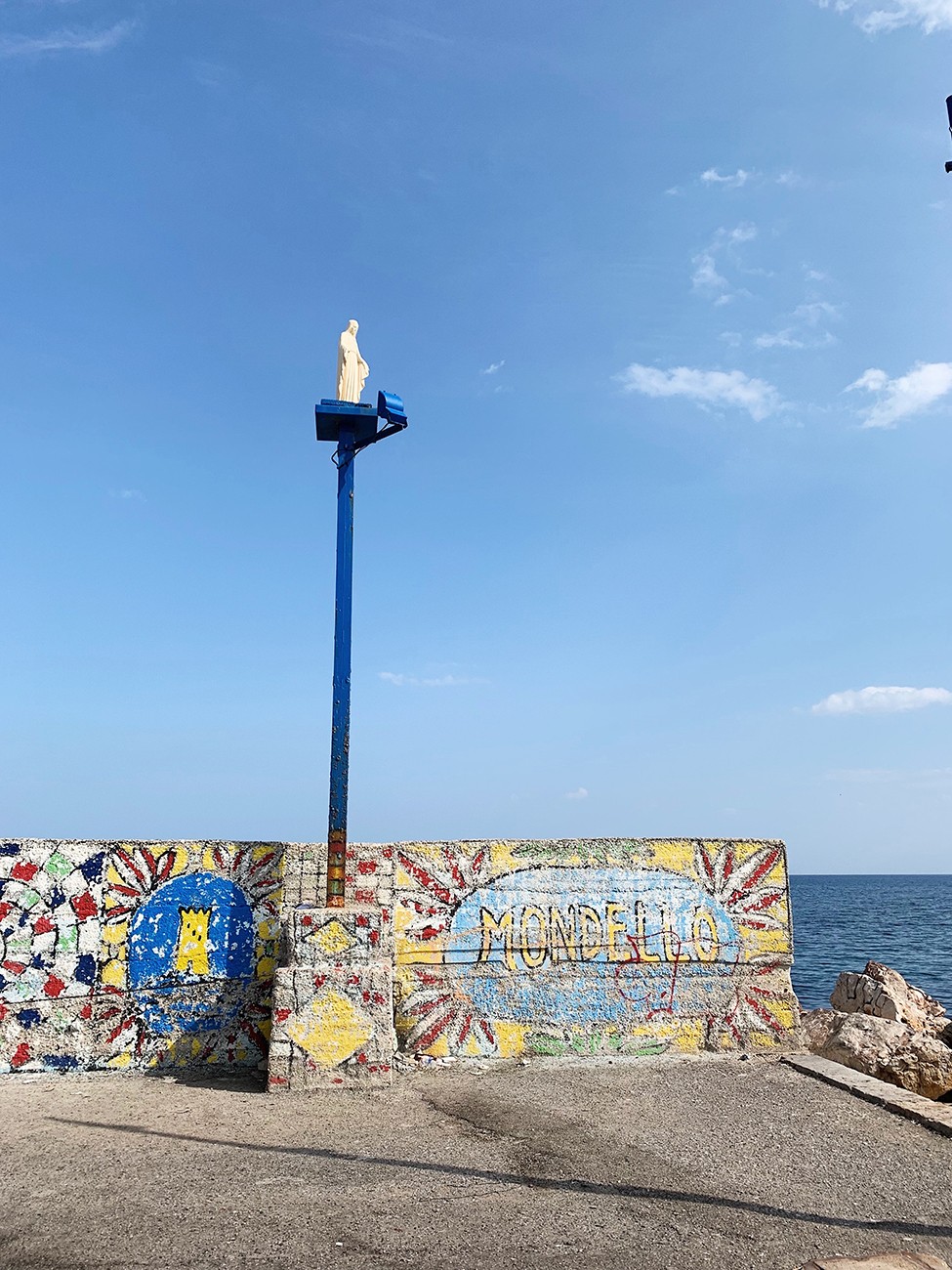
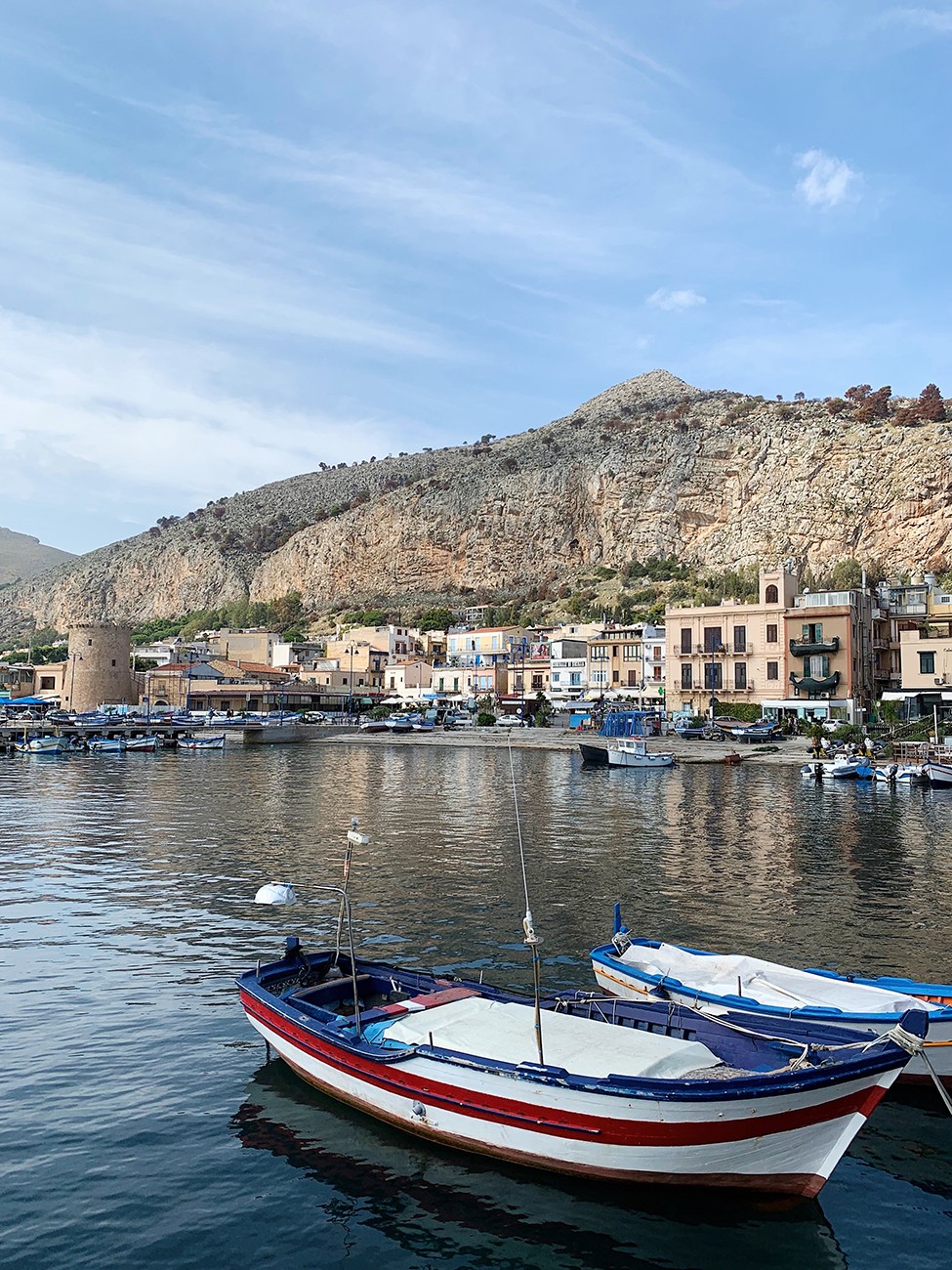
Mondello and Sferracavallo
Mondello is the closest beach to Palermo and is well populated in the summer months. It is a perfect example of an old fishing village which today has become an elegant seaside destination, with palm-tree lined avenues and villas overlooking the sea. There are still perfect examples of elegant liberty style buildings along the foreshore where you can meander along soaking up the harbour views while enjoying a gelato, or two.
Sferracavallo lies just 6 kilometres further along from Mondello, and is dominated by a large rocky spur. Smaller but even more picturesque than Mondello, Sferracavallo is characteristic for its small restaurants serving very fresh fish dishes.
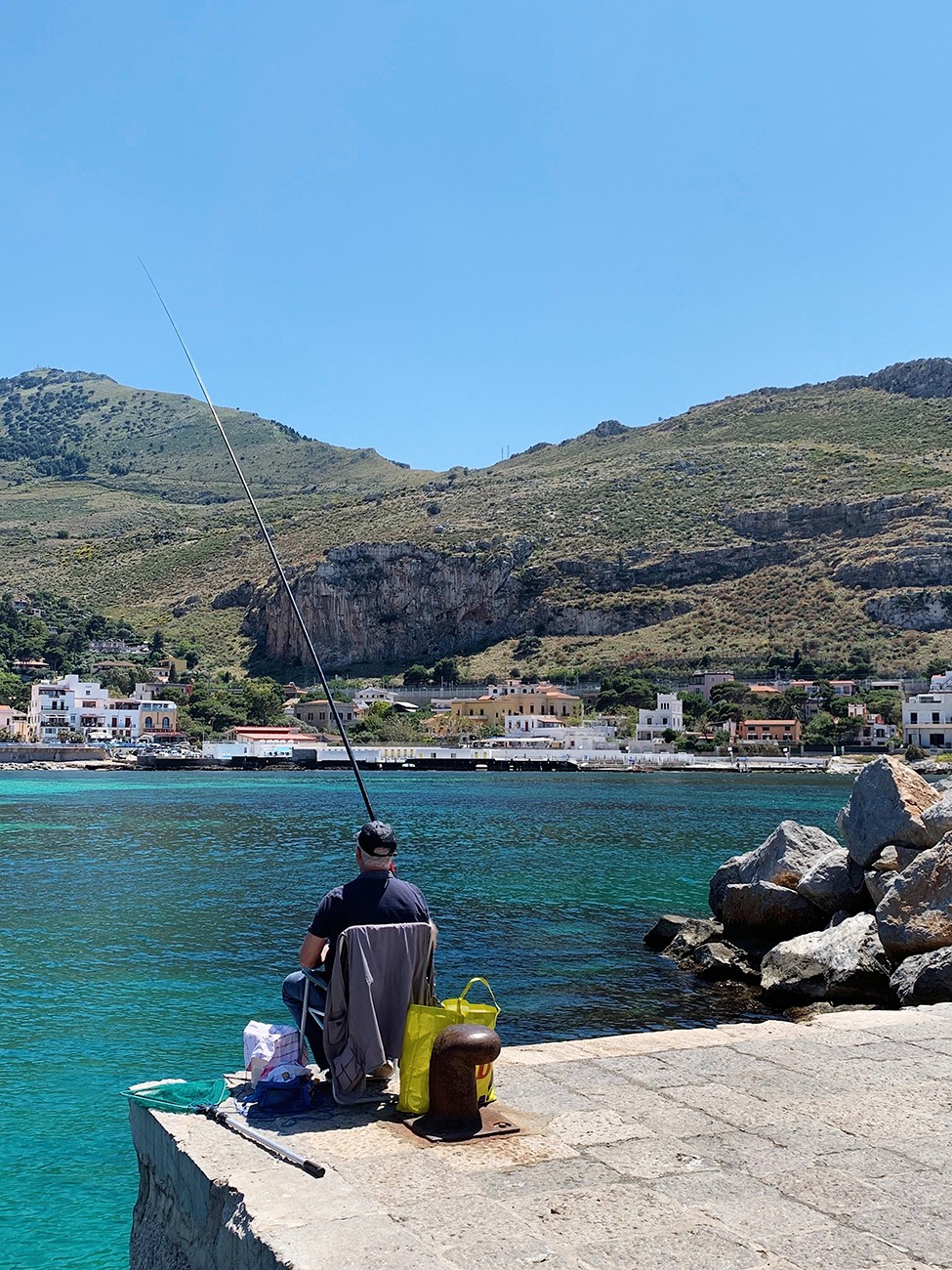
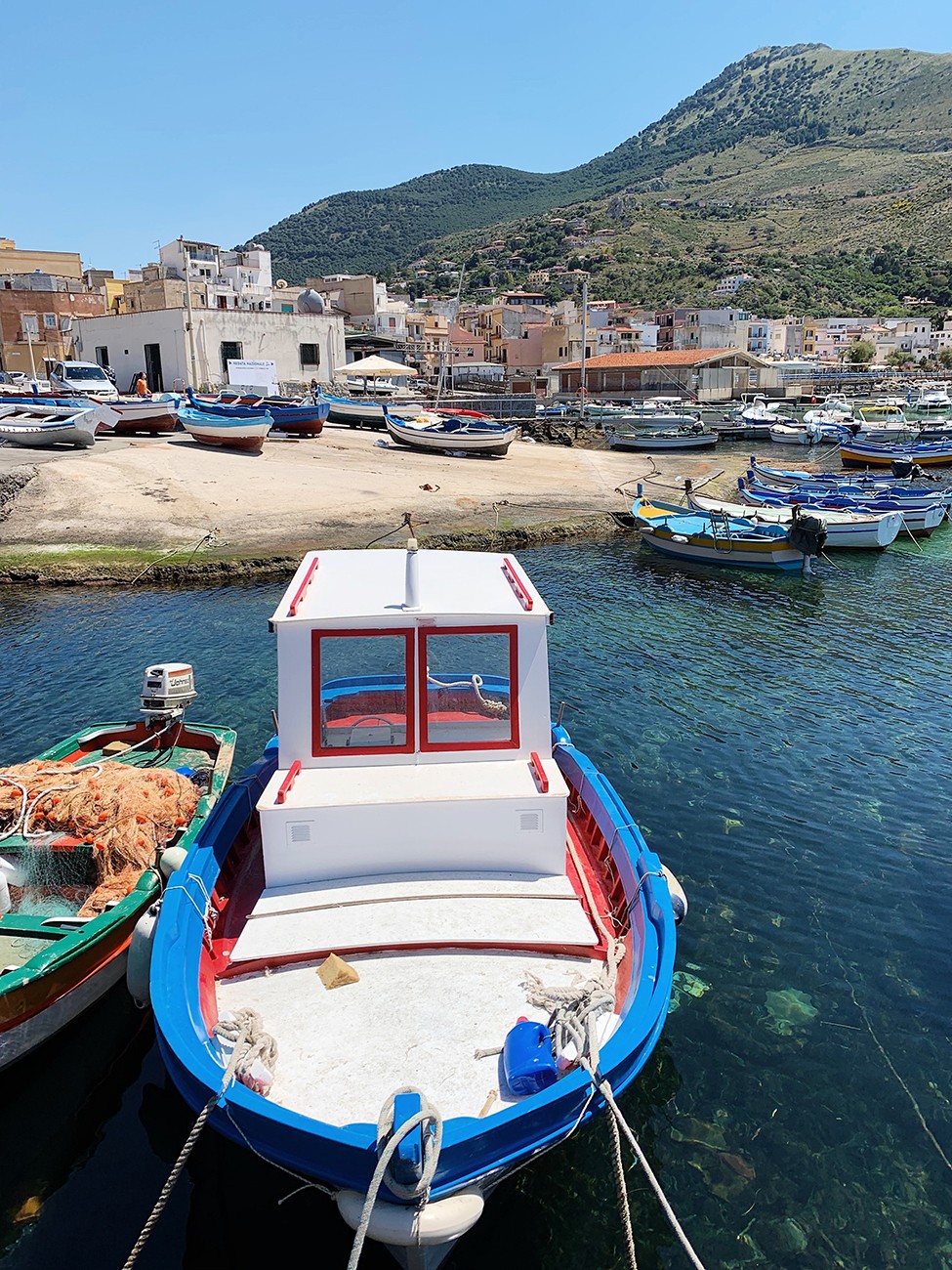
Cefalu
Another very popular coastal town for locals and tourists alike is Cefalu which is a very easy journey east of Palermo. Such a charming place to stay or visit for the day, the village still retains its fishing heritage yet provides enough shopping and eating diversions to keep us happy. Wandering through the many quaint narrow streets, visiting the beautiful Byzantine Duomo and watching the sunset from the seaside promenade are some of life’s simple pleasures.
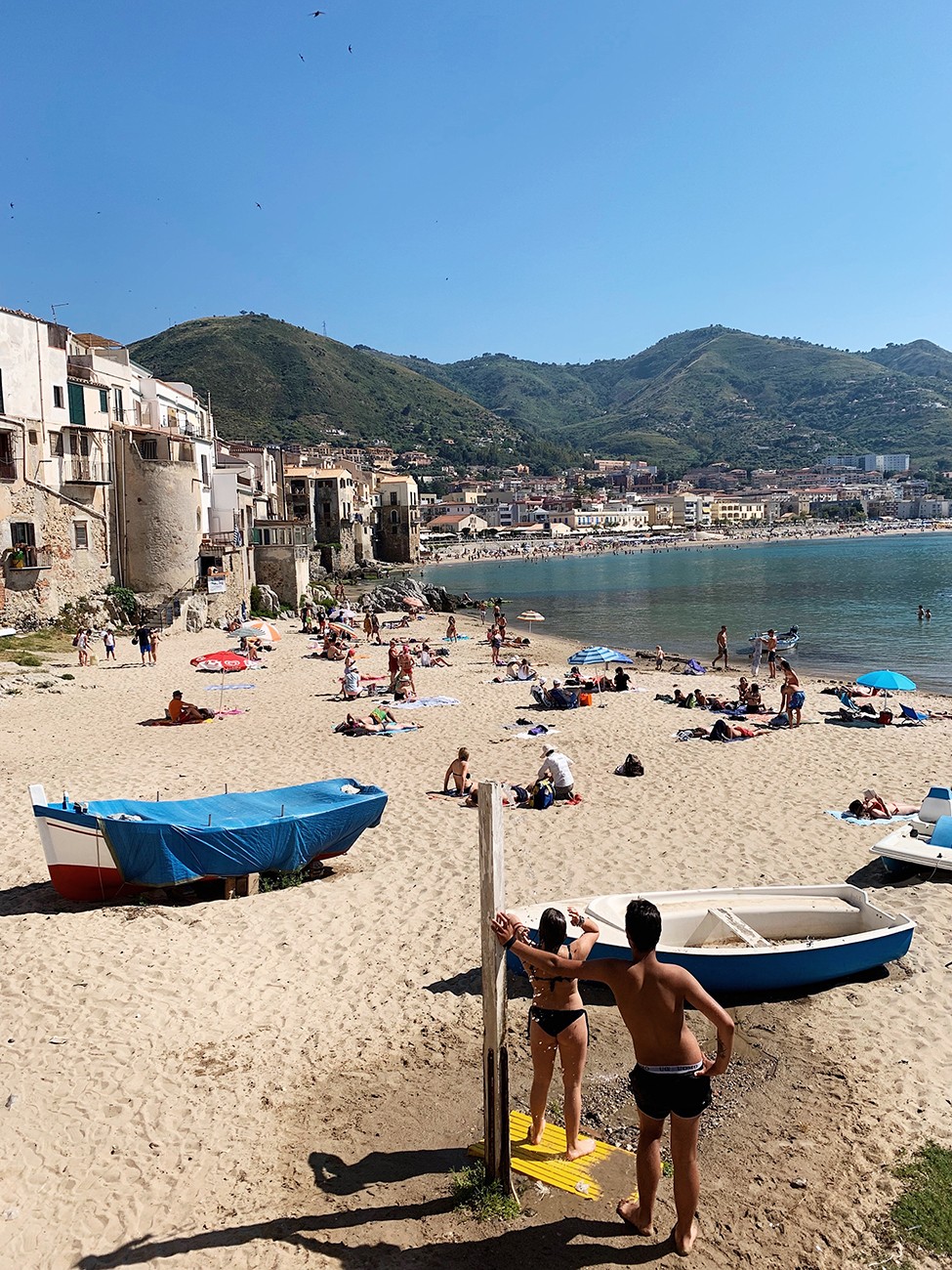
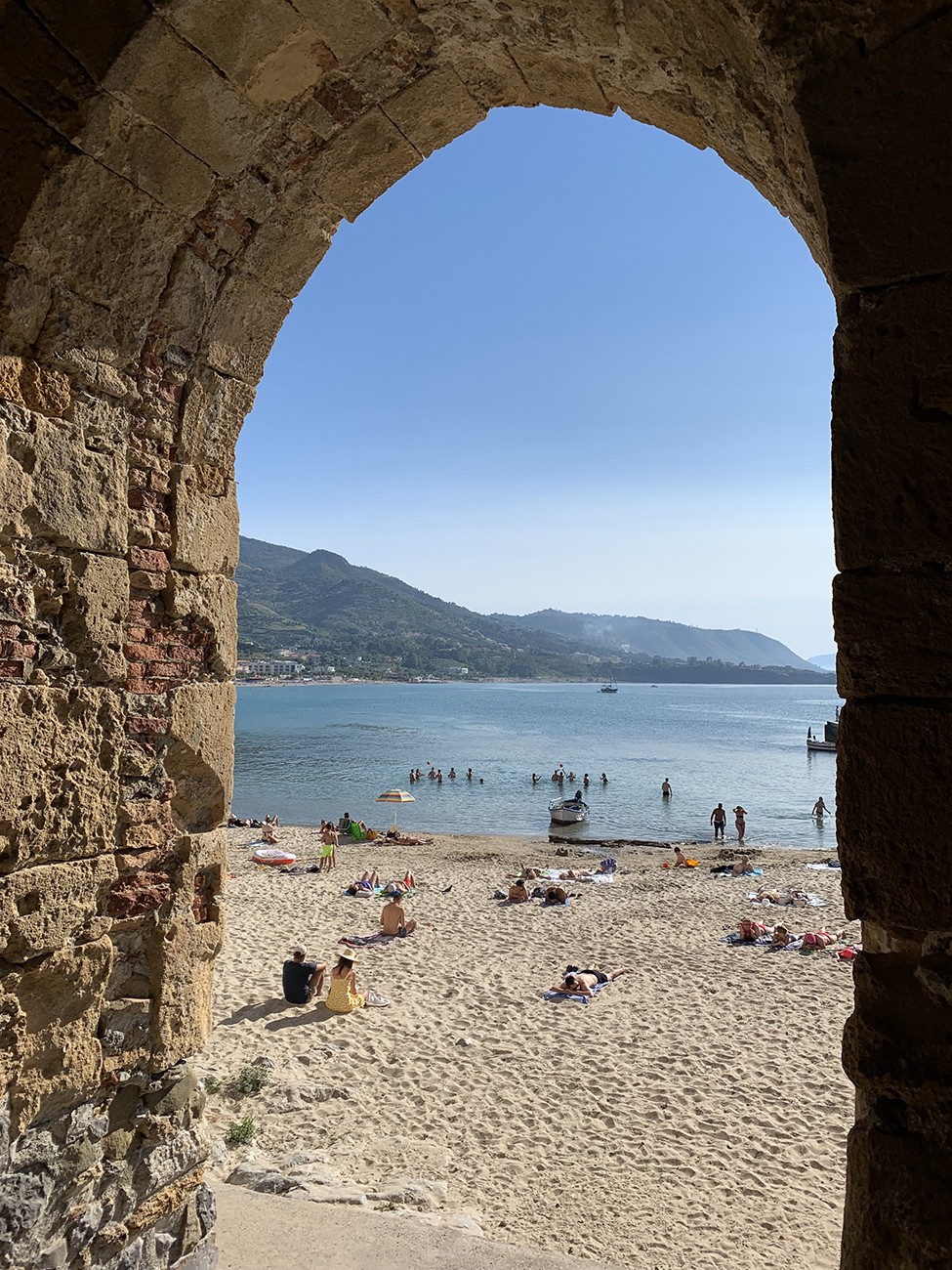
Trapani
The city of Trapani has been a major port in the Mediterranean since well before the Phoenicians. This port and the surrounding coast were soon to become even more important as tuna fishing and salt production became the principle activities of the area. The sea salt is top quality, and Trapani is referred to as the leading importer of Italy. A highlight of the salines is the old windmills, however only one windmill works today and the others are for the tourists only. Today the Port of Trapani is the primary connection to the islands of Aegadian and Pantelleria and many luxury yachts and old fishing boats are moored here. There are a few wonderful restaurants here where you can savour the speciality of the region – Couscous alla Trapanese, a combination of the African couscous tradition with the local seafood selections. Delicious!
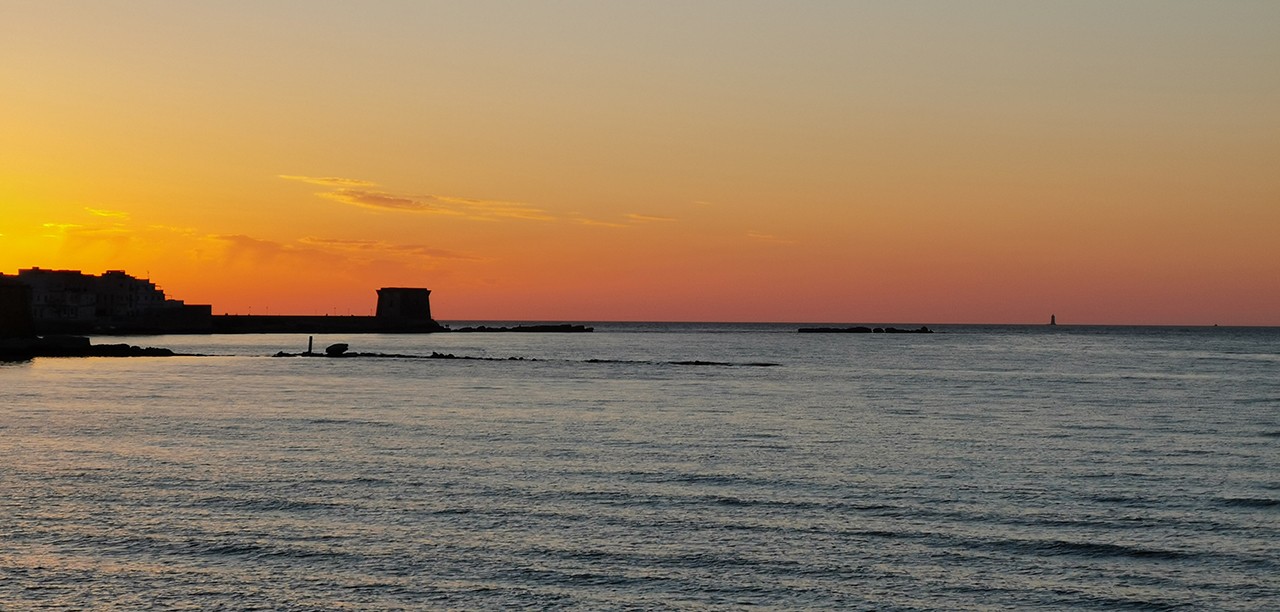
San Viti lo Capo –Tonnara del Secco
San Vito lo Capo is one of the most beautiful beaches in Italy and has won the coveted Blue Flag award on several occasions. A picturesque village of whitewashed houses which once belonged to the fishermen who worked in the tuna fishing industry, now attracts holiday makers who enjoy the white sand and crystal azure waters.
Just down the road is the Tonnara del Seco, where years ago nets were dropped into the water in order to catch the large tunas as they ran the waters in the spring to reproduce. While no fishing nets have been cast in the water since 1969, this area is still brimming with history and charm. You can take a look at the old ruins and swim peacefully in the clear waters that are far less crowded than San Vito beach. This enchanting location is a popular spot for Italian filmmakers and television series, including the popular “Inspector Montalbano” which is based on the best-selling mysteries penned by Andrea Camilleri.
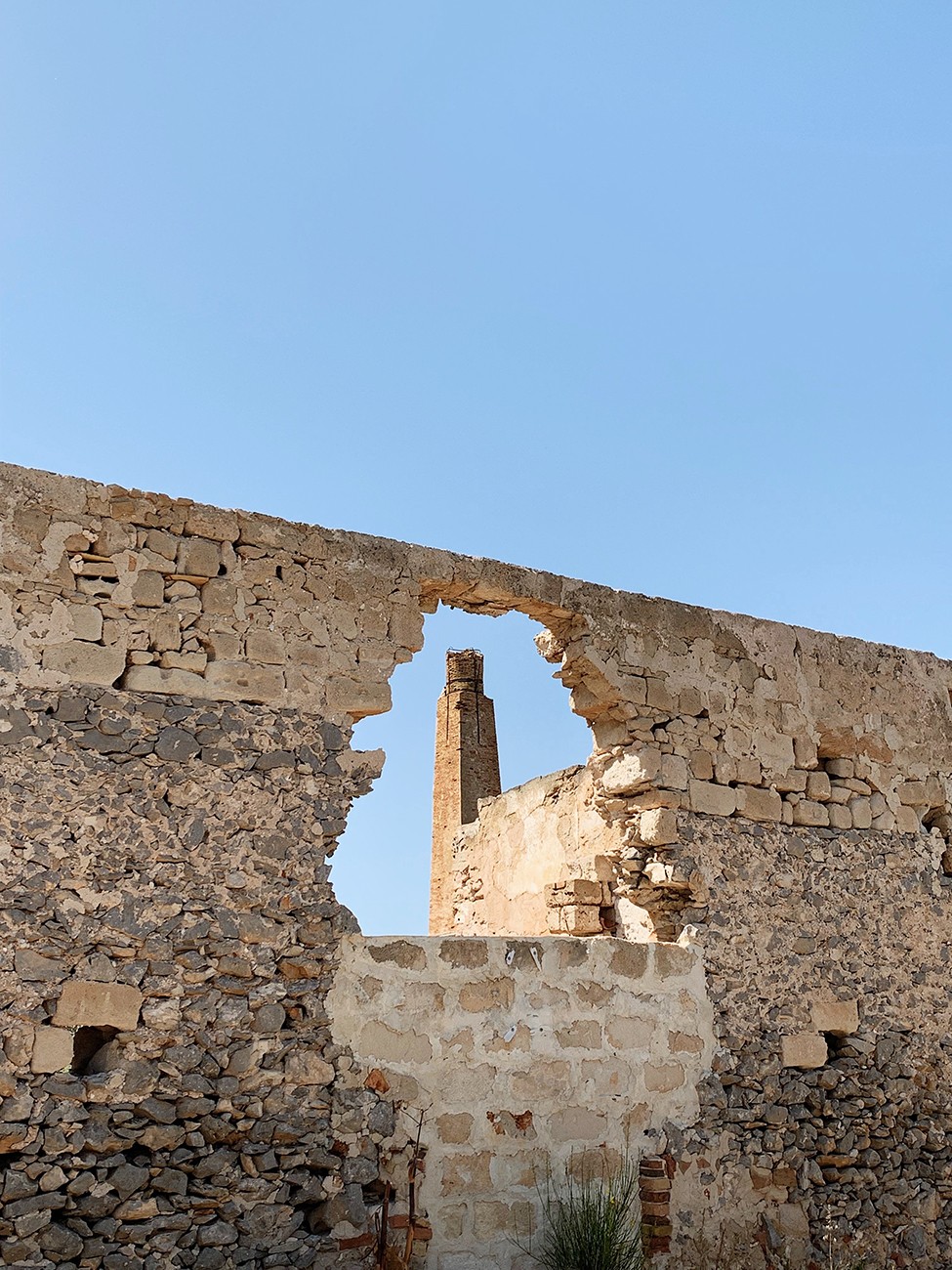
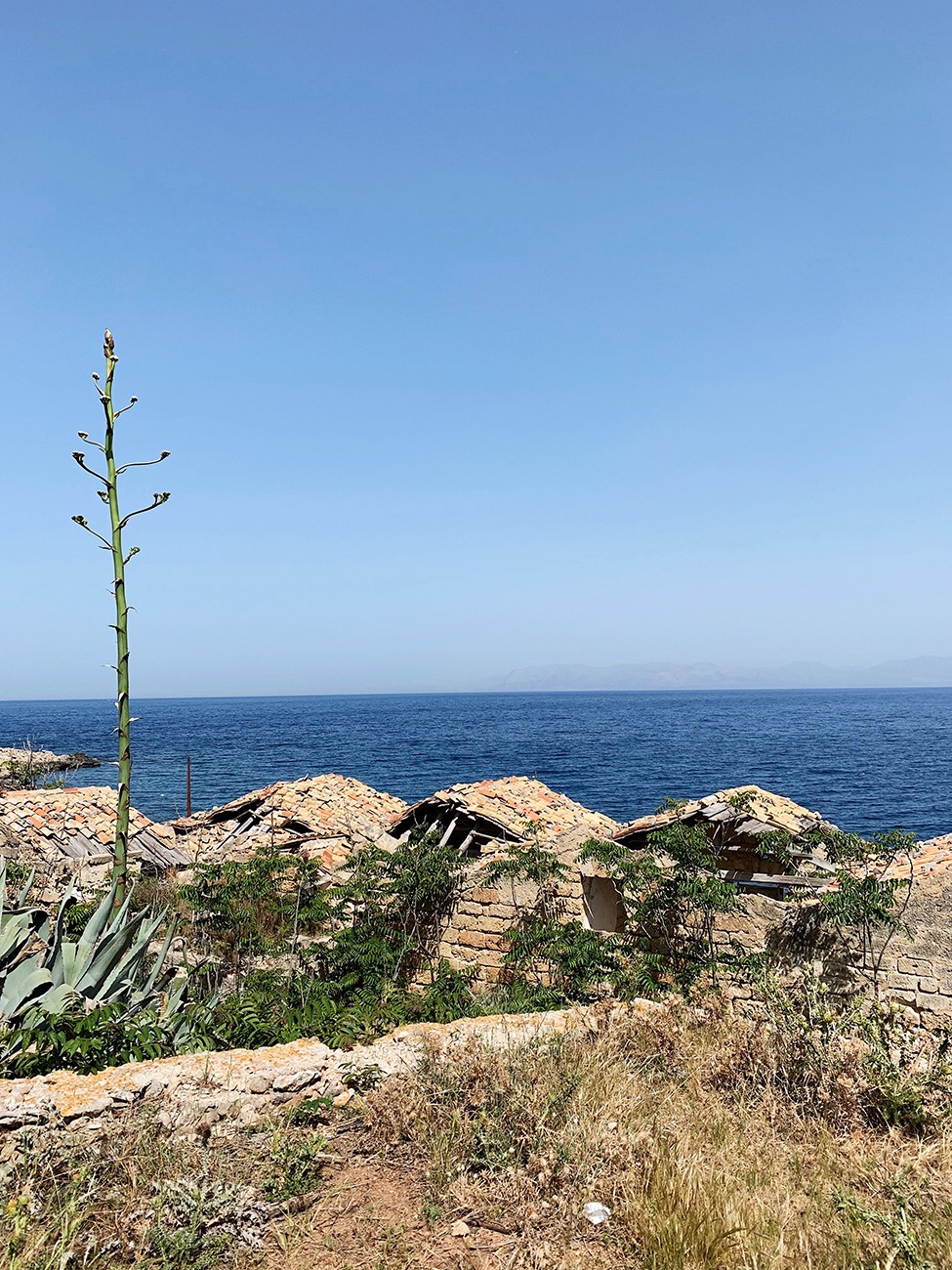
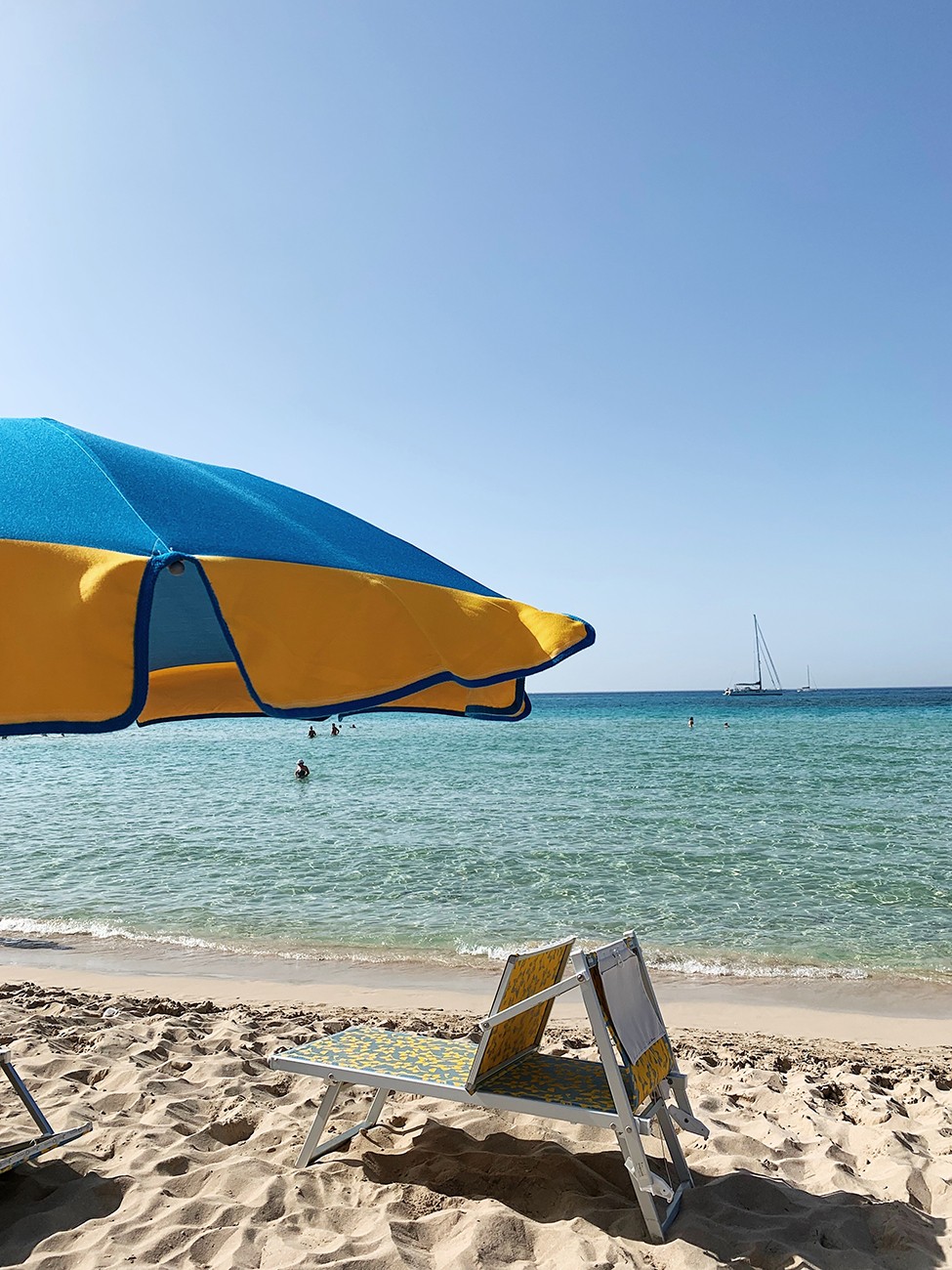
Scopello- Tonnara di Scopello
Scopello is a tiny village on the coast between the fishing and resort town of Castellammare del Golfo and the Zingaro nature reserve. Scopello itself is on a plateau some way above sea-level, though within walking distance of the shore below. The tiny settlement consists of a historic baglio, (old headquarters of an agricultural estate) and a ceramics/souvenir shop, and a choice of places to buy food, drink and ice creams.
Many people come here to see the lovely scenic little cove which can be glimpsed from the village, and explored up close by swimmers and sun-bathers. Offshore there are dramatic faraglioni, rock towers in the sea. And in the small rocky bay there is a faded old tonnara, a tuna fishery, an important part of the history of this part of Sicily. The Tonnara di Scopello closed down in the 1980s, but for a couple of decades it remained as it was left, and visitors could wander among the old buildings and tuna fishing equipment. However, with lots of publicity, and the shooting of films here, including Ocean’s Twelve and an episode of Inspector Montalbano, the owners of the Tonnara di Scopello felt it was time to capitalise on the abandoned fishery. The crumbling buildings were renovated and closed off to the public, instead offering accommodation.
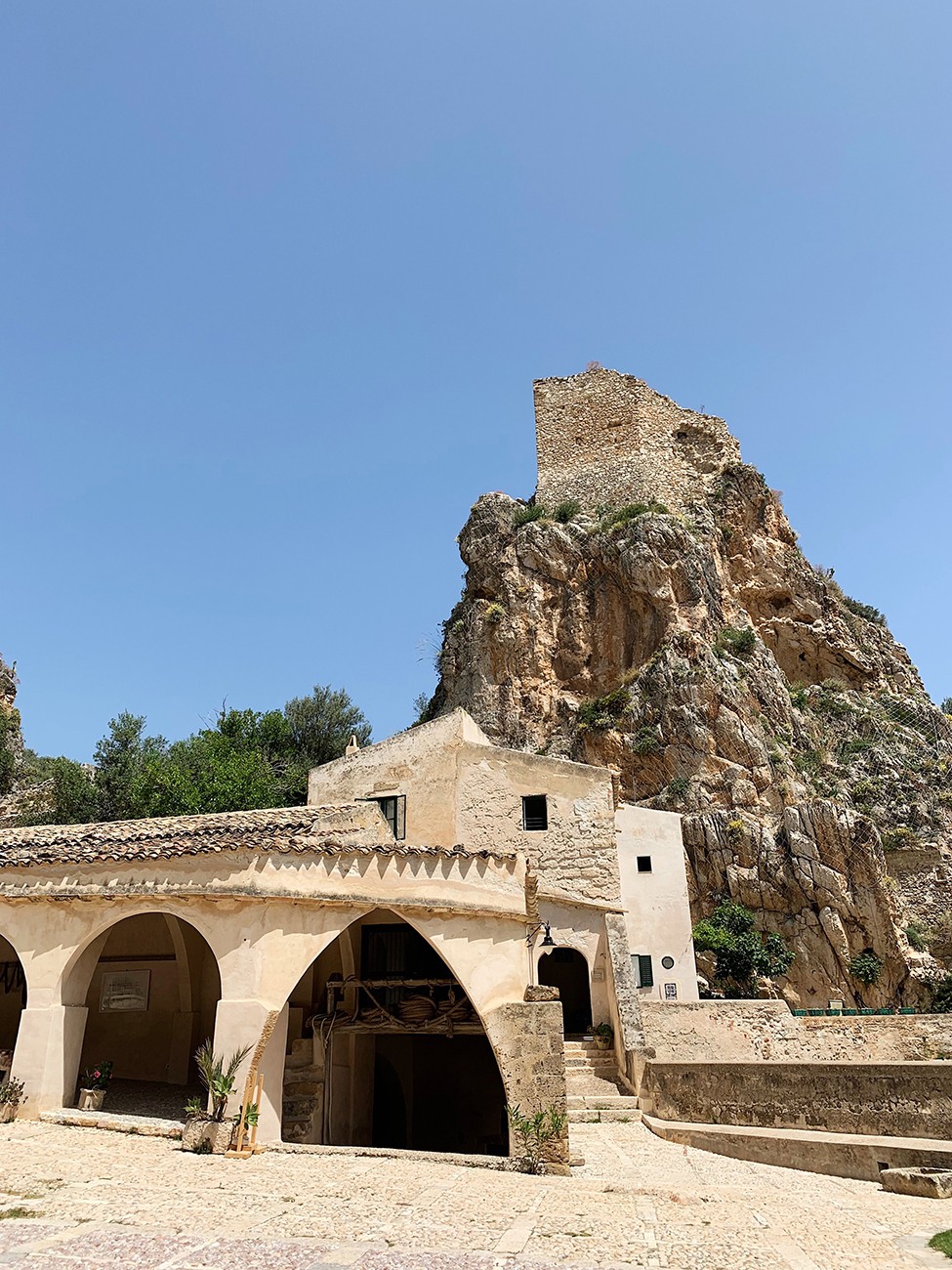
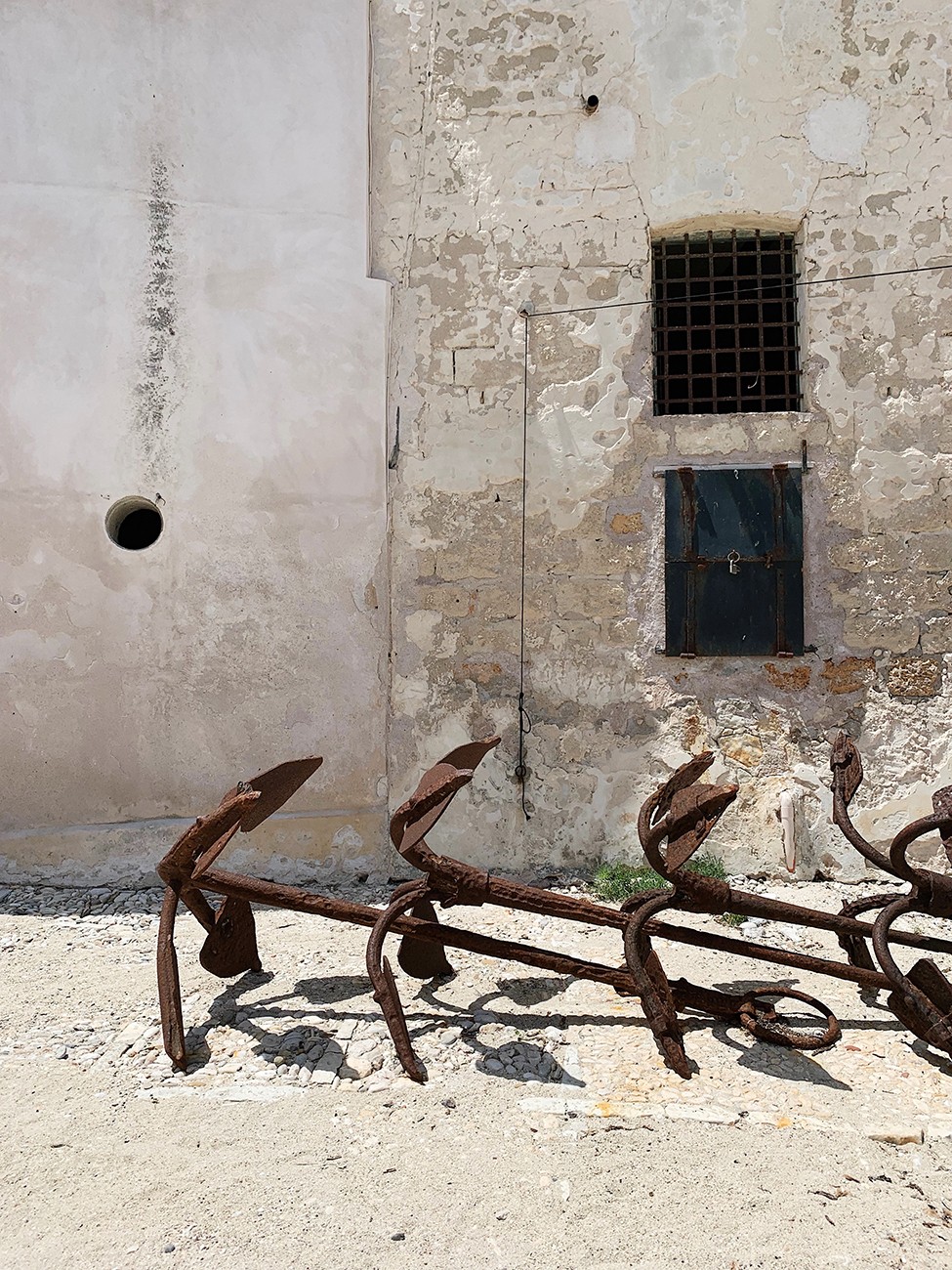
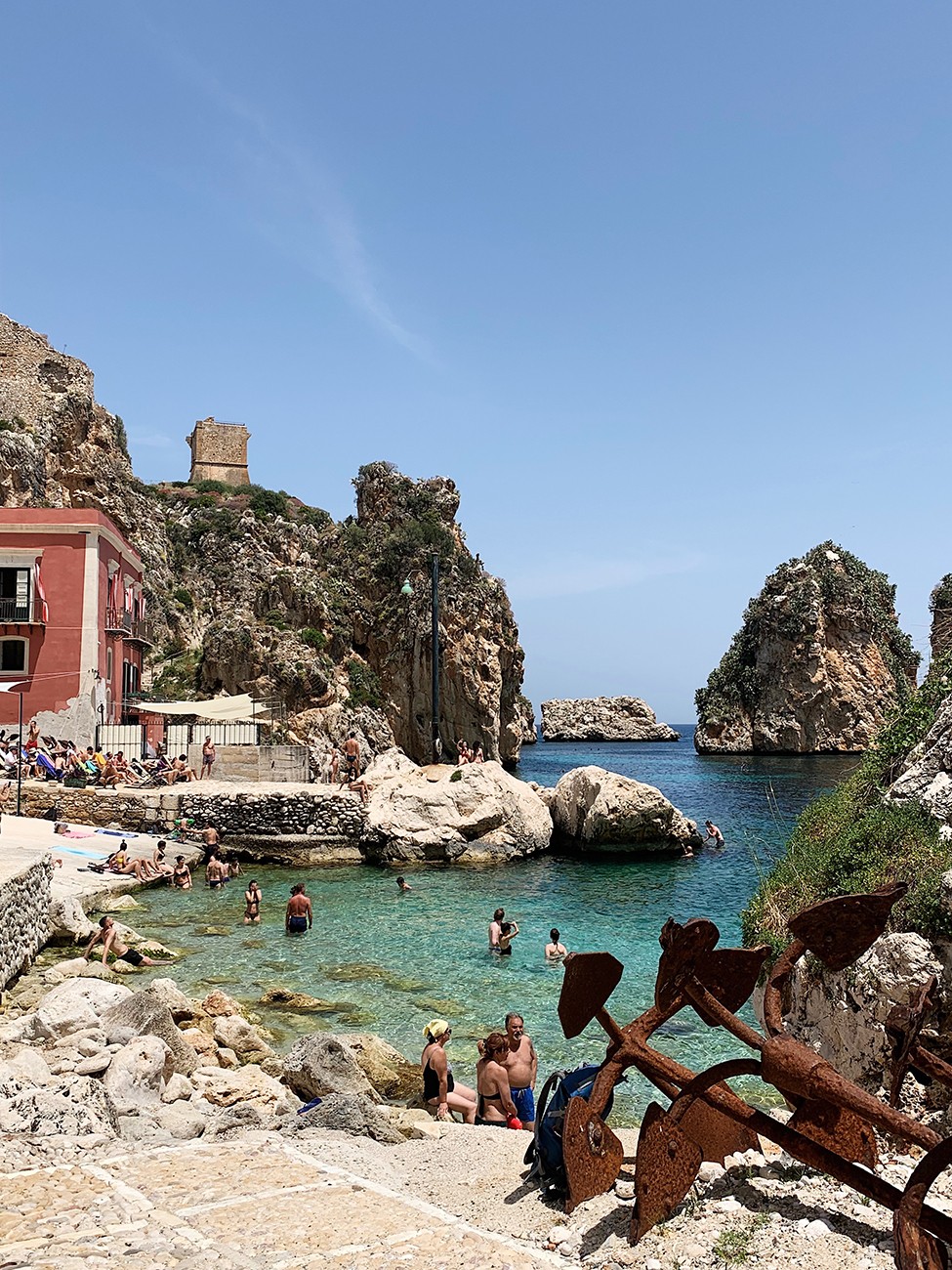
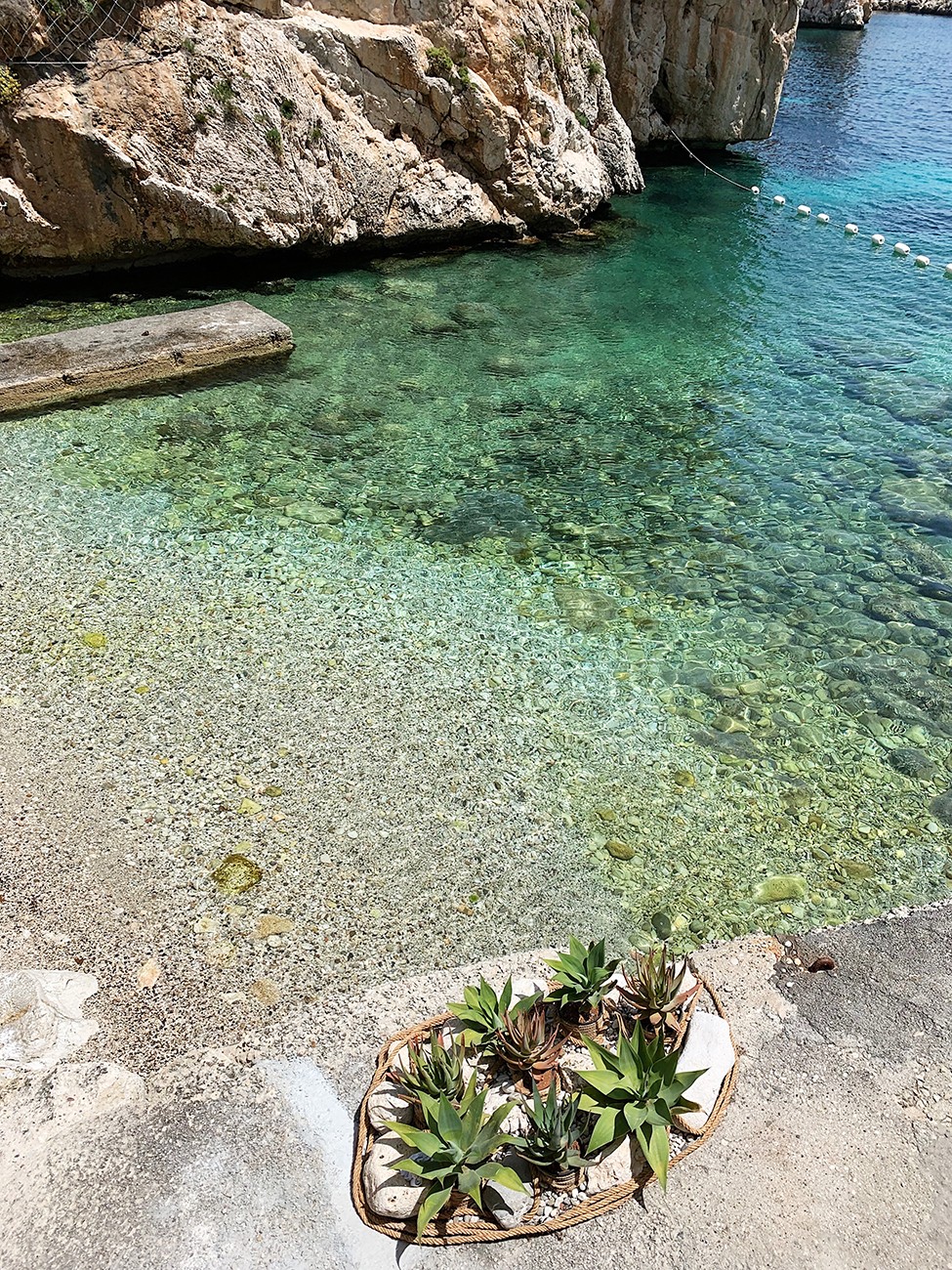
Mazara del Vallo
Mazara del Vallo is one of the most important and well-known fishing ports in the Mediterranean base, consisting of a fleet of about 300 large deep sea trawlers and more than 3,000 boats. As a result many harbor restaurants have a wonderful selection of delicious fresh seafood on their menus. Most visitors come here to see one of the most important legacies of classical Greek art: the bronze statue of the Satiro Danzante. The statue was discovered in 1998, drawn up from the depths of the ocean by a local fishing vessel when pulling in the nets. In the old town lies the Casbah, the old Arab Quarter, which is home to many houses in the typical Arabic style. The neighbourhood is inhabited by a large Tunisian community, which helps keep intact the overall style of the neighbourhood: some typical elements are the tiles and other decorative details on the facades of houses.
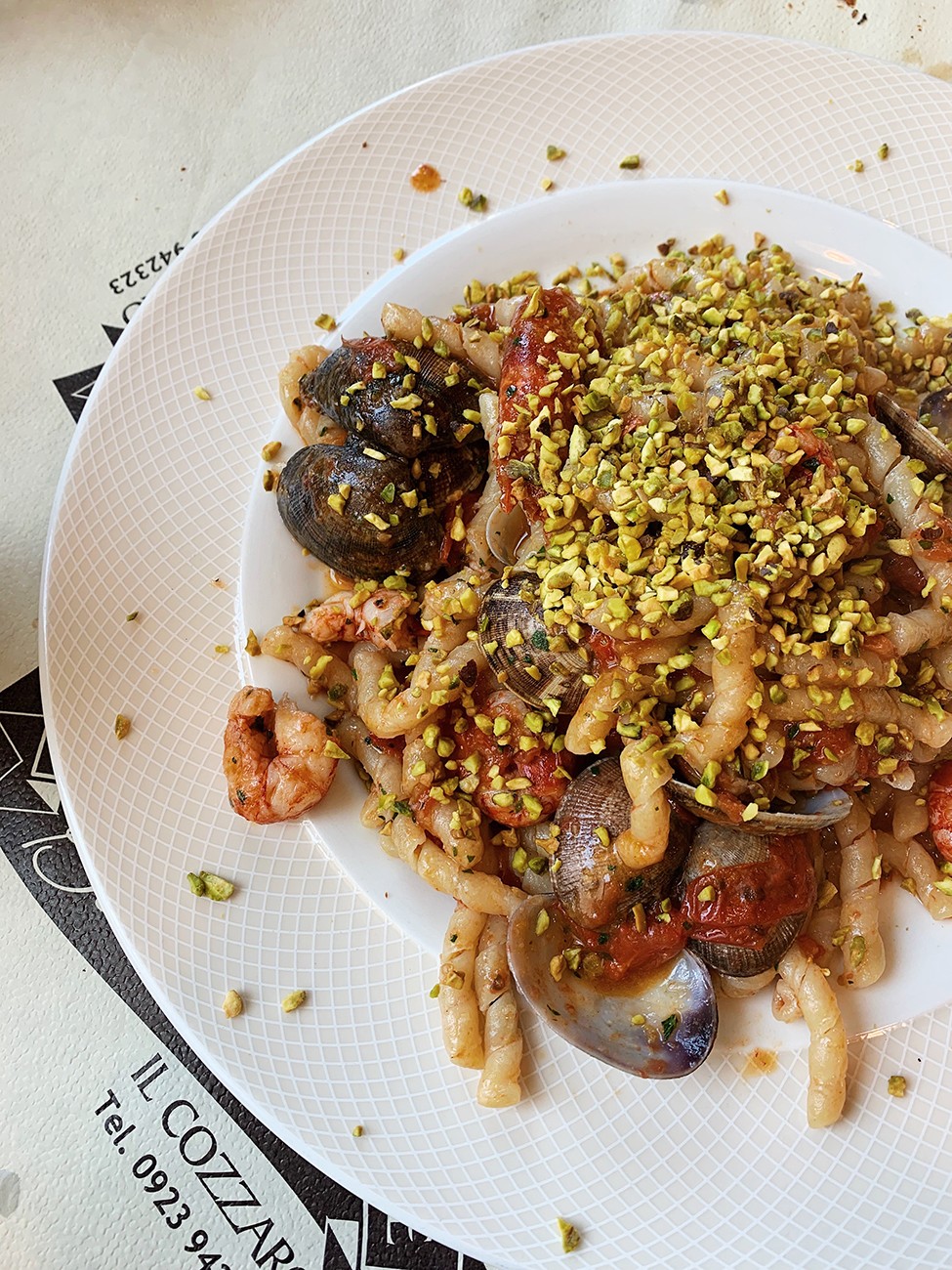
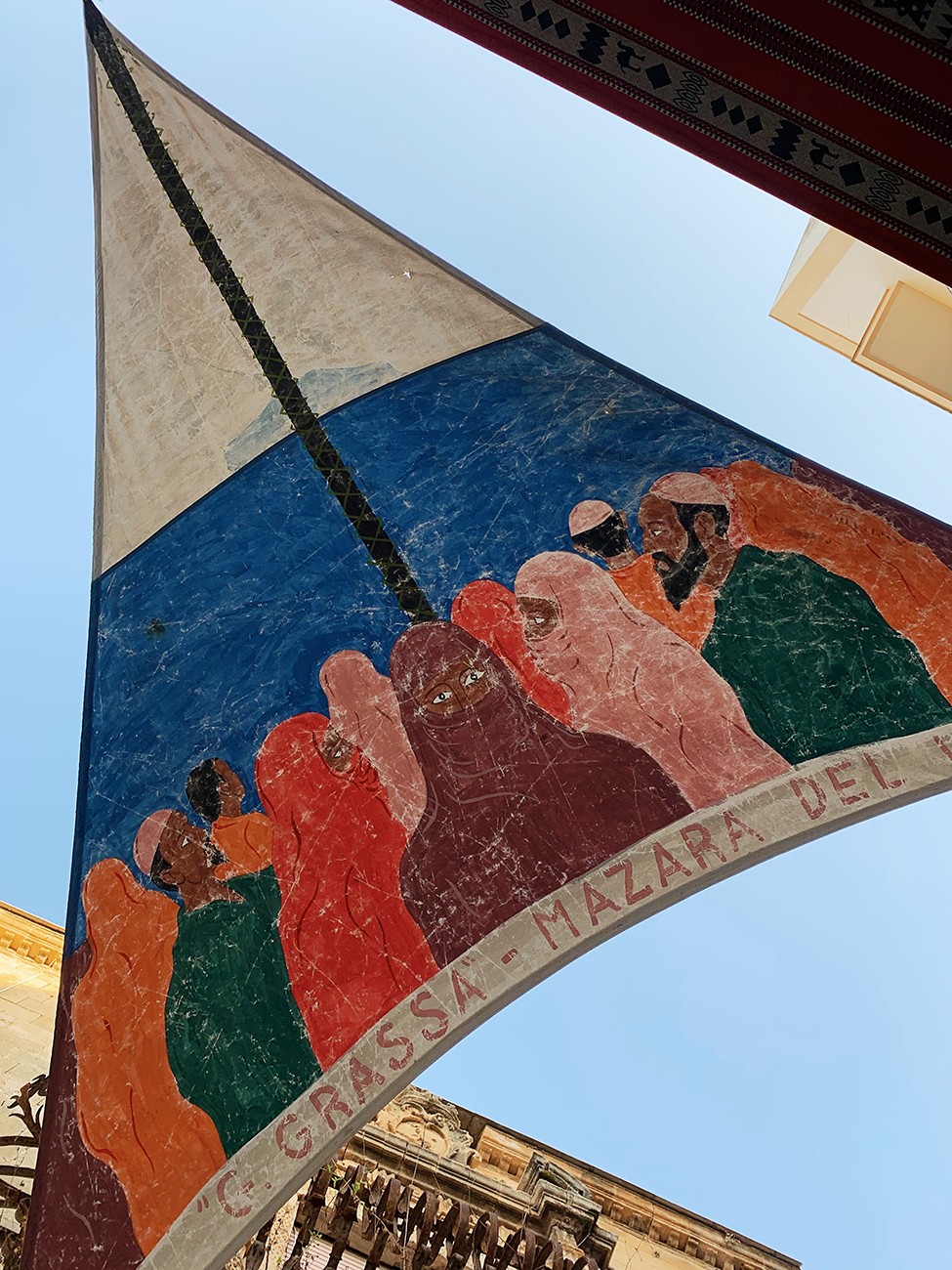
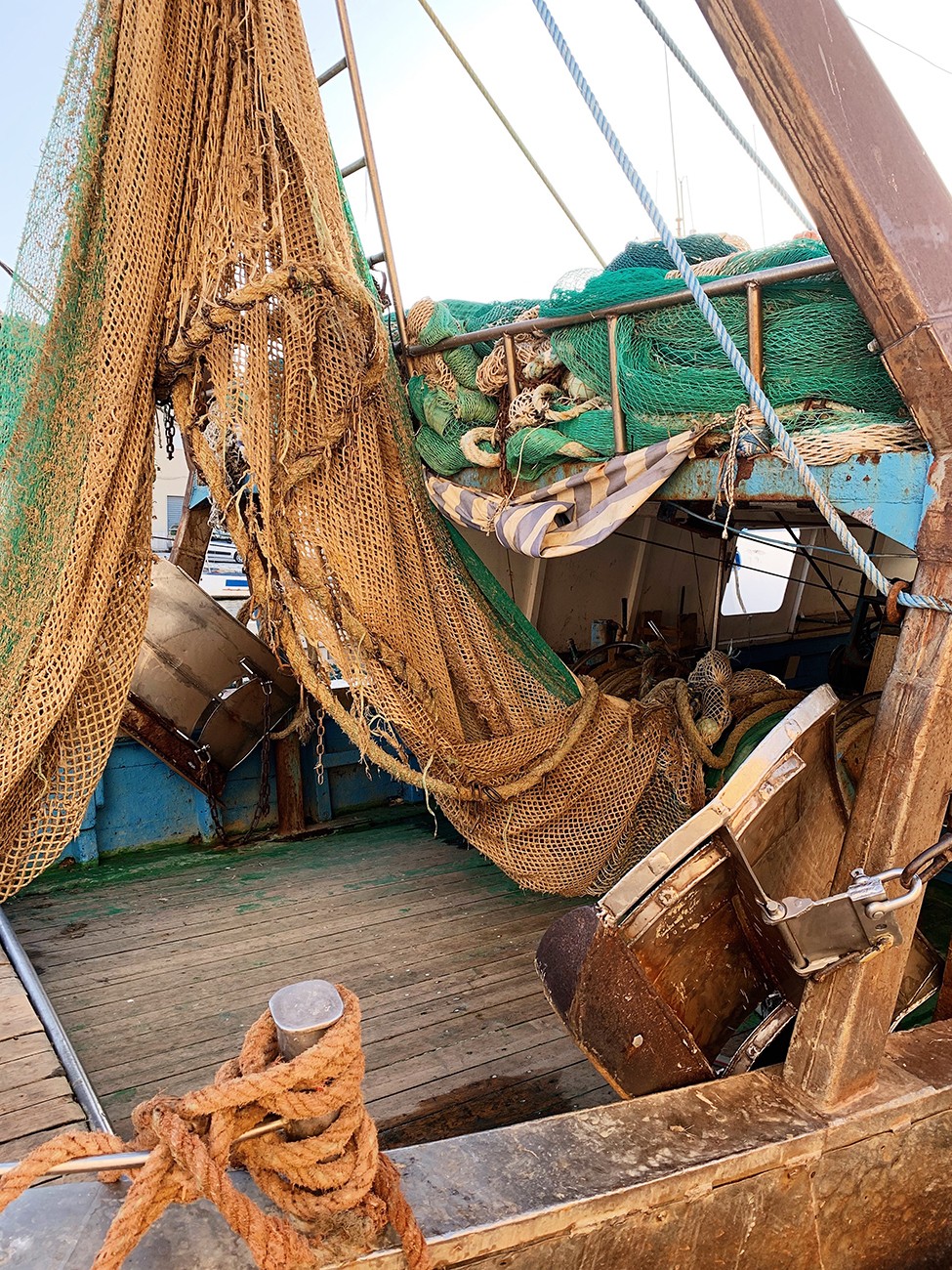
Siracusa
This ancient city was founded by the Greeks over two and a half thousand years ago and is now UNESCO Heritage listed. The fish market of Siracusa offers many varieties of fresh fish and seafood such as shrimps, crabs, sea urchins, octopus, sea bream, swordfish etc. It is a wonderful place not only to purchase and sample the various delicacies but also to witness the colourful stall vendors yelling catchy phrases in Sicilian dialect to attract customers.
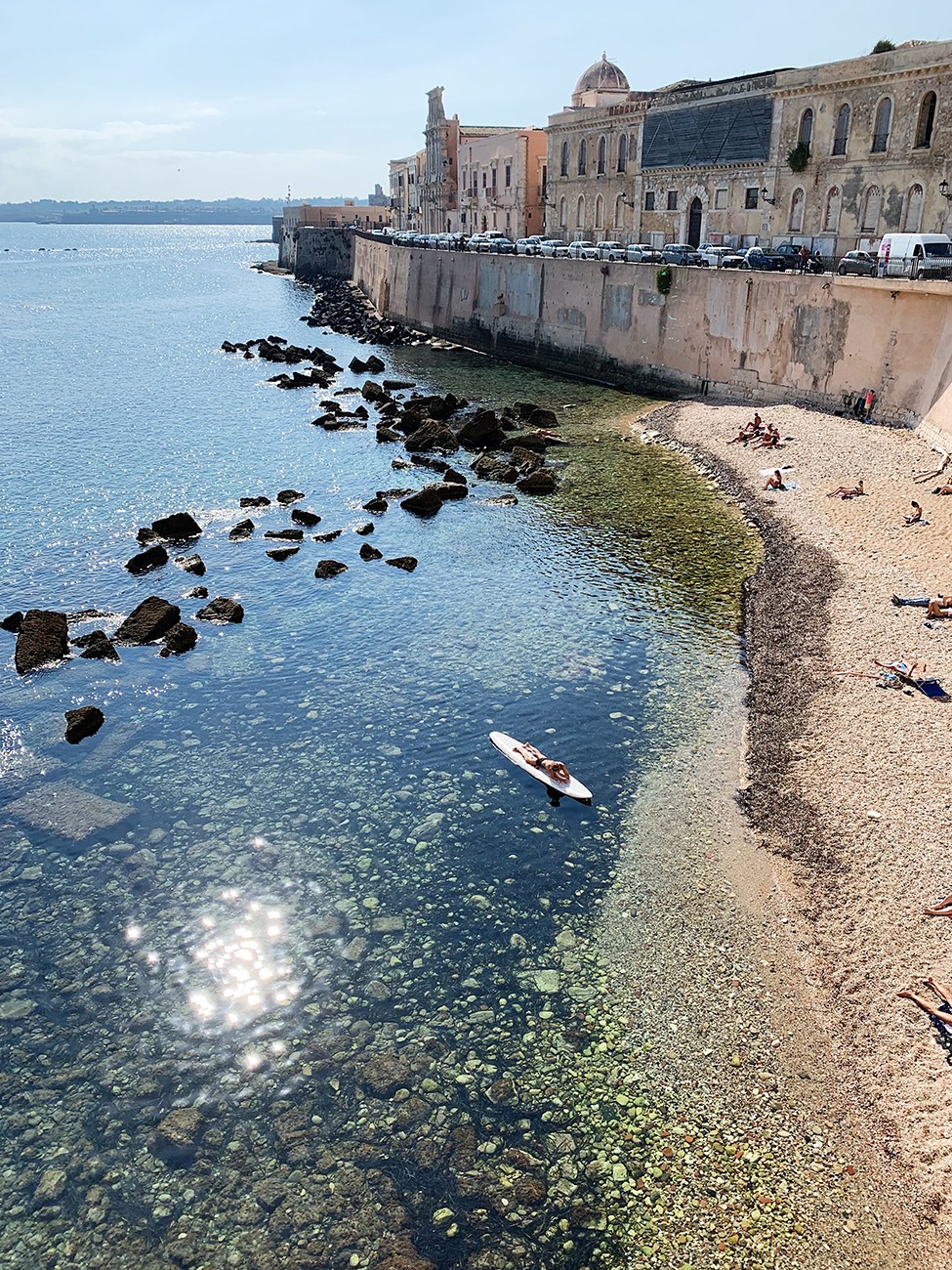
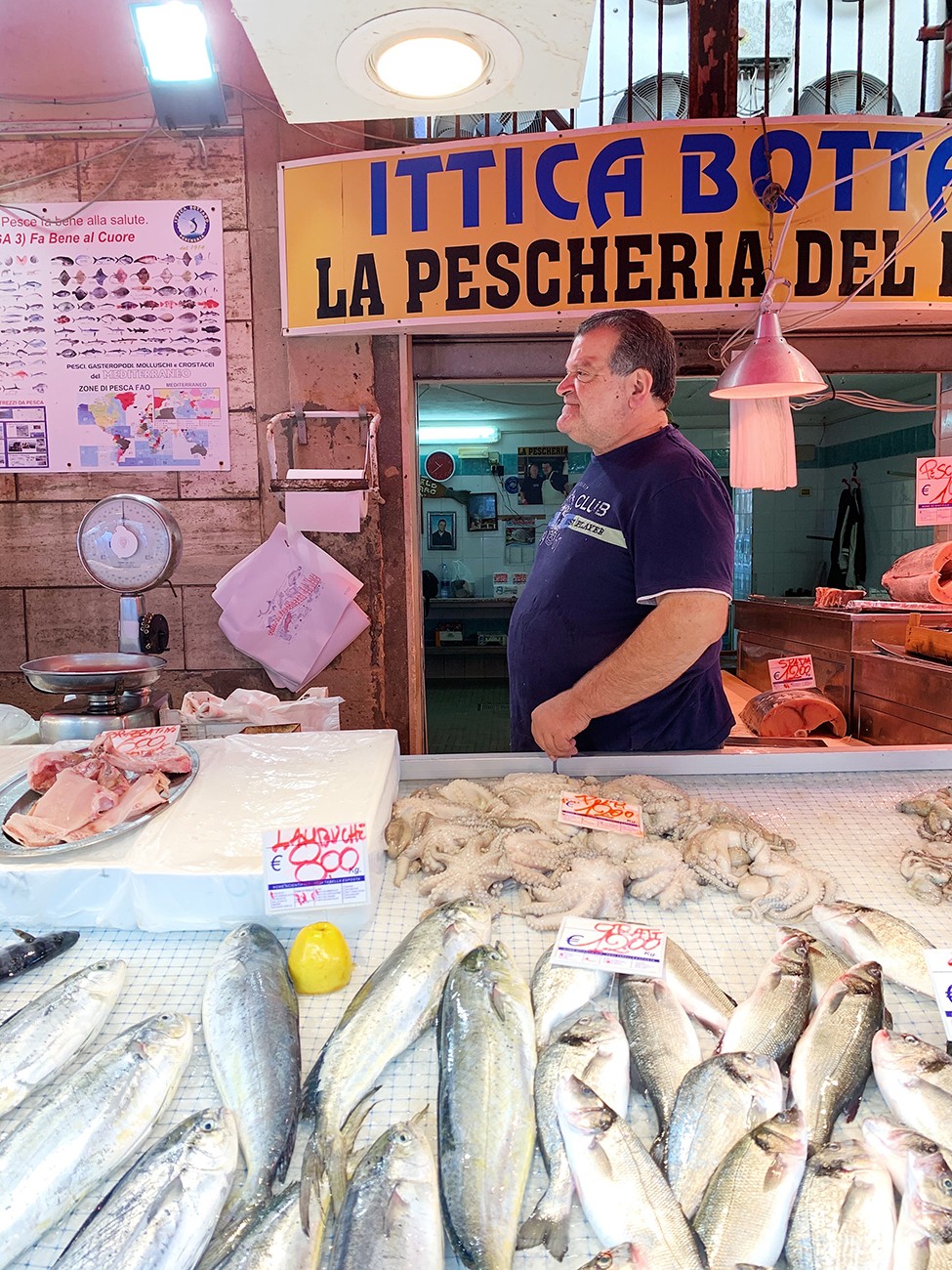
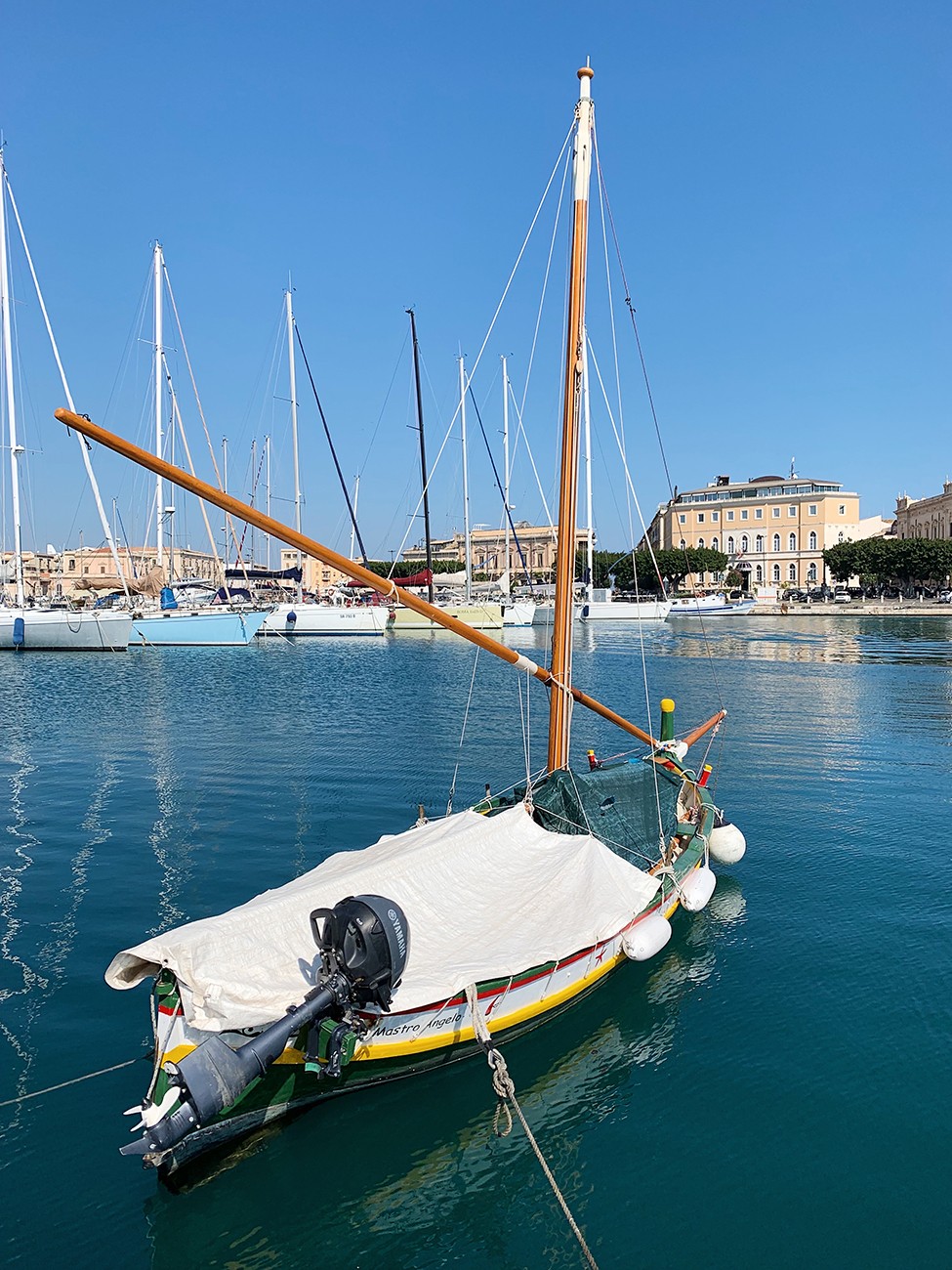
Marzamemi
Marzamemi is a beautiful old fishing village in the province of Syracuse. The charm of this magical place lies in its history that oozes from the typical sandstone buildings, and you can still get a sense of how the lives of the families and their fishermen interwove so closely. The history of Marzamemi is strongly connected to tuna fishing and just beside the port the magnificent Tonnara evokes its rich past. It has been restored as a venue for weddings and other events. Some of the fishermen’s houses date back to 1600. A few of them are now restaurants and shops while other houses are abandoned. The little settlement has two small natural harbours and it is so lovely to have dinner here in the evening! But at heart Marzamemi remains a working fishing village, complete with fishing nets drying in the Sicilian sun.
